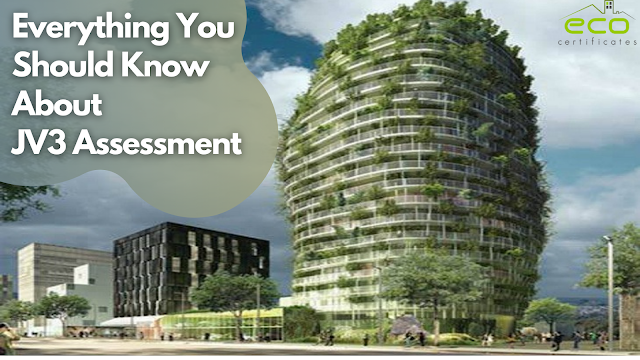Benefits of Using JV3 Modelling

JV3 modelling is the alternative solution for architects and project owners to plan and develop creative building designs while fulfilling sustainability requirements. JV3 modelling was introduced as a building performance solution in 2006 for successfully achieving building compliance where the DtS solution isn’t feasible or practical. With project owners and building designers gradually comprehending the versatility and power of the process, the JV3 assessment method is gaining popularity. Easy and simple projects including single-storey structures, slab on ground, simple office spaces do not get affected by using the DtS method of compliance. However, most buildings excluding the categories mentioned previously should utilize the benefits and practicality of the JV3 protocol. Get your JV3 assessment and BASIX report prepared by expert professionals to avoid complications and ensure the smooth flow of your project. Benefits of Using JV3 Modelling Offer Cost-Effective Solution





